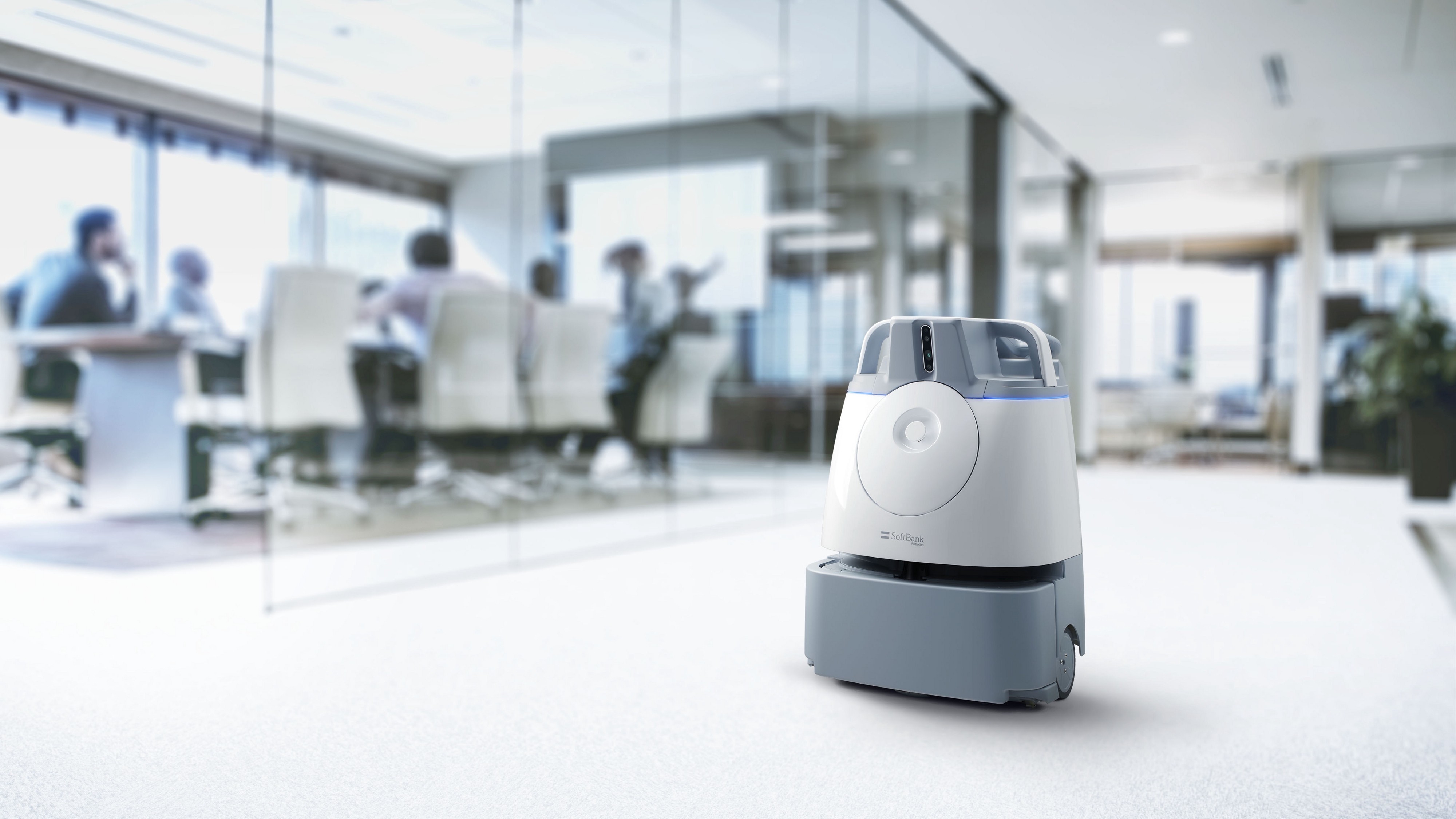
Automated cleaning equipment offers some tremendous benefits to your labor force. After all, today’s solutions use artificial intelligence to independently complete simple facility cleaning tasks that would normally demand hours of manual labor. So tools such as autonomous robot vacuums and scrubbers can provide much-needed support to your staff. But what if they could do more than that?
When leveraged appropriately, automated cleaning equipment is not just another tool in your toolbox. Instead, this equipment can drive a shift in your entire operational approach.
Below are just a few of the novel advantages that organizations can reap from deploying automated cleaning equipment within their facilities.
1. Gain proof of cleaning that adds to facility value
For some industries, building occupants or guests want a facility to be more than simply good looking. They also want it to be healthy. Research by Fitwel, a certification of building health, found that 87% of its global survey respondents had seen an increase in tenant demand for healthy buildings, with 92% of respondents expecting that demand to grow within the next three years. That demand encompasses the office, multifamily, and retail sectors. Investors, owners, and building managers will need data to demonstrate their building’s health—and cleanliness data produced by AI-supported automated cleaning equipment is part of that proof.
2. Leverage a new tool to support workforce retention
There’s a massive shift in labor taking place today, as workers migrate from traditionally labor-intensive or low paying jobs to roles in other industries. For janitorial and other maintenance work, this is exacerbating already tough historic challenges with labor recruitment and retention. Believe it or not, this is an area where automated cleaning equipment can help.
Automated cleaning equipment, such as autonomous vacuums and floor scrubbers, offload some of the most monotonous cleaning tasks. These are tasks that contribute to the muscle strain and tears that are among the leading causes of workplace injury. By automating these tasks, employees can take on new work each day. Employers can also position these investments as part of their commitment to employee health and safety—building the trust that helps reduce turnover.
3. Provide upskilling opportunity to attract employment candidates
A June 2021 survey of 15,066 adults in the U.S., conducted by Amazon and Gallup, gauged employees’ interest and experience in upskilling. Upskilling is training that helps employees upgrade or learn new skills to advance their career. The survey found that 71% of respondents who had participated in upskilling felt that it enhanced their satisfaction with work. Yet upskilling was found to be far more widely available in occupations that already demand high skill levels. For example, 75% of workers in computer occupations had participated in upskilling within the past year, compared to fewer than a third of workers in food preparation, production, or transportation.
Automated cleaning equipment engages cleaning staff in an entirely new way by providing need for upskilling. That’s because solutions like Whiz, the autonomous robot vacuum from SoftBank Robotics, require a human manager to oversee its work. Companies can leverage both technology training and the management of collaborative robot fleets as opportunities for professional development and potential career growth. These are opportunities that can attract candidates.
4. Create efficiencies that allow for more service without more cost
If your automated cleaning equipment allows staff to offload certain time-intensive tasks to robots and take on additional work, you’re gaining some level of efficiency. The trick often is quantifying what that really means to your organization. Consider, for example, that vacuuming may take up to 30% of total facility cleaning time. By automating this repetitive task, cleaning teams can see a 25% boost in team efficiency, without sacrificing the level of cleanliness or adding additional staff.
For Core Facility Services, deploying Whiz allowed the company to reduce time spent vacuuming by 50%, which allowed team members to provide disinfecting and sanitizing services during the COVID-19 pandemic. Adding other automated cleaning solutions – such as floor disinfection options poised to enter the market – may allow cleaning staff to generate further time and cost savings.
5. Strengthen your return on experience
Return on experience is a metric used to measure the impact of an investment in customer experience on your company’s bottom line. Understanding this metric helps organizations strategically build meaningful interactions with customers.
Today’s cleaning robots can help with this, as they offer far more than simply a guarantee of cleanliness. Fully visible cleaning robots create shareable moments with a brand and position companies as tech-focused innovation leaders. That’s because cleaning robots are still a novel tool, and with that comes the potential to build excitement among the consumers and guests who have a chance to see a robot at work in your common areas. If a guest is tweeting about robots in your hotel hallways, that can drive the sort of excitement and attention that attracts new customers.
6. Set the stage for a culture of innovation
As noted above, automated cleaning equipment can create a shift in your operational approach. It provides opportunity data analysis and new relationships with your workforce. It can also set the stage for creating a culture of innovation.
Workplaces with a culture of innovation cultivates creative, outside-the-box thinking. This may mean the difference between investing in creative new tools to entirely new ways of offering services. This sort of culture inspires employees to take ownership of their work and become company ambassadors. It creates a differentiator that can secure customer loyalty.
Is this expecting too much from automated cleaning equipment? We don’t think so. But that’s because here at SoftBank Robotics, we’ve seen ample evidence that solutions like Whiz set the stage for companies to look at cleaning in an entirely new way.
Interested?
Learn more about Whiz
Whiz is an autonomous vacuum sweeper that’s completely reinventing commercial floor cleaning. Click here to learn more!


